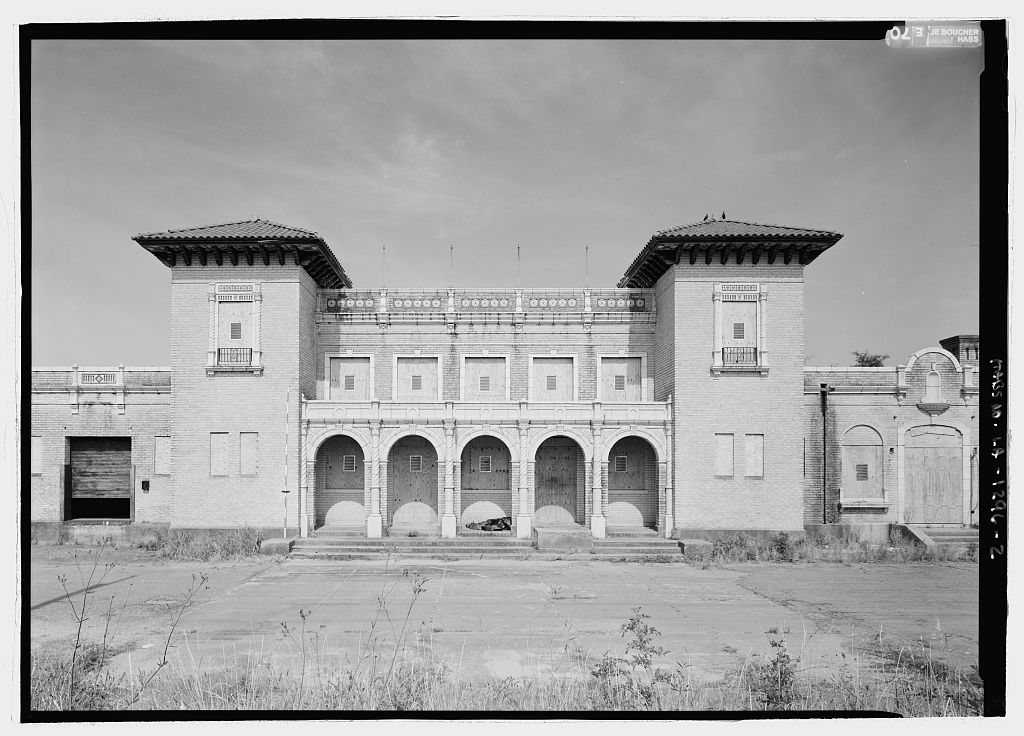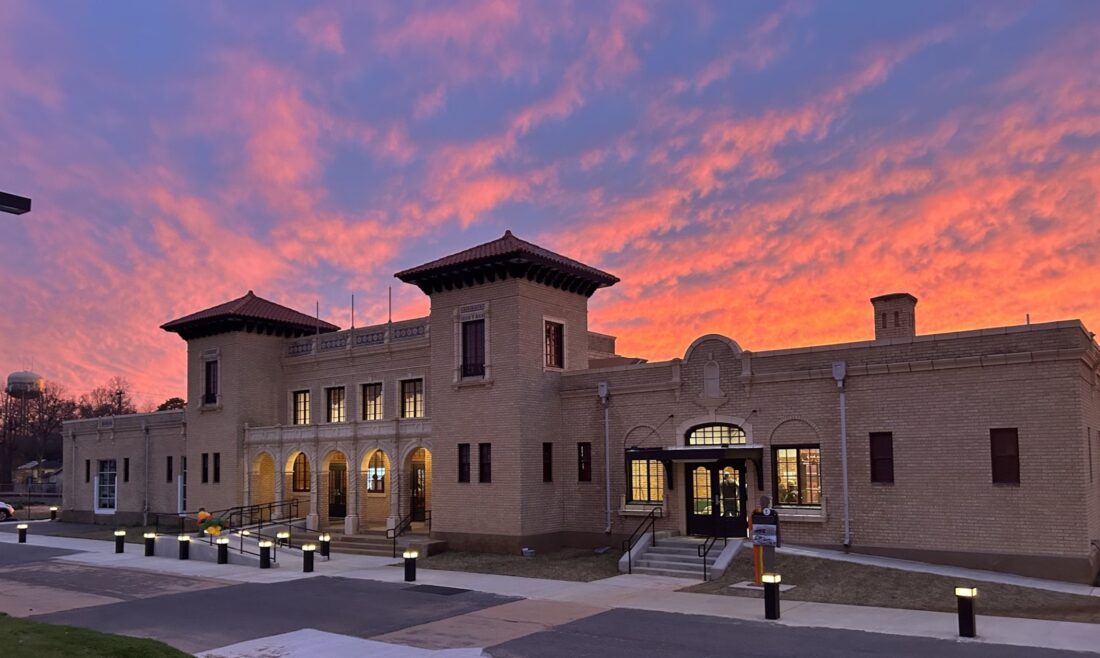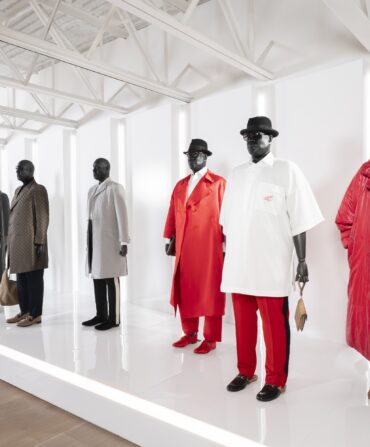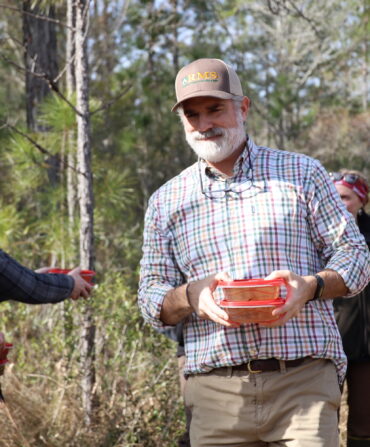When Edward Ward Jr. was growing up in Natchitoches in the 1950s, he would visit the city’s train station on hot summer days. “We stopped in there—on the colored side, of course—to get water and rest,” he says. Even as a young child, he recognized the injustice of segregation. “Our water fountains were at room temperature, and the refrigerated water fountain was on the white side,” Ward recalls.
Years later, the longtime community leader worked to preserve the yellow brick Italianate and Spanish Revival building, which closed in the late sixties and recently reopened as the visitor center for Cane River Creole National Historical Park.

Built in 1927 during the height of Jim Crow segregation, the former Texas & Pacific Railway Depot has kept its separate Black and white entrances and waiting rooms intact. “It retains the architecture of discrimination,” says park ranger Barbara Justice.
“White” and “Colored” signs have been repainted inside the depot, but not outside. Park planners relied on guidance from another historic civil rights site, which found that when it added outdoor signage, some visiting Black students thought they couldn’t come through the White entrance, Justice said. “It was heartbreaking.”
The national park itself preserves two former cotton plantations, Oakland and Magnolia, both established in the 1700s and located outside the city. Exhibits and tours chronicle the African American experience, beginning with slavery and extending to sharecropping and tenant farming. The last workers moved out only fifty years ago.

“We are a little different than a lot of plantation sites that try to take you back to the antebellum period before the Civil War. Our visitors see Oakland and Magnolia as they would have looked in early 1960s,” Justice said. “They are two of the most intact plantations remaining in the United States.”
In Natchitoches, park visitors find the train station’s white waiting room is grander in size than the smaller hall that was reserved for Black passengers. A ticket booth in the middle served both groups.
The depot played an important role in the Black community. It’s where soldiers boarded trains to go to war and families left during the Great Migration to seek opportunities in the North, Midwest, and West. It also connected the small town to the larger world. During the civil rights movement, people writing to federal authorities and the national NAACP office about local discrimination and injustice would bring their letters directly to the mail train that stopped at the depot. They were afraid if they dropped the letters at the Natchitoches post office they would be read or intercepted, Ward says.
“We would meet the midnight train,” Ward remembers. “We could hear it as it was approaching the depot and we would run out and put it in the train station mailbox.”
Now the train station sends a powerful message about the past. “You can’t change history, no matter how painful it is, no matter how inappropriate it is,” Ward says. “But you can preserve it and learn a lesson, and never ever, ever go back there.”








